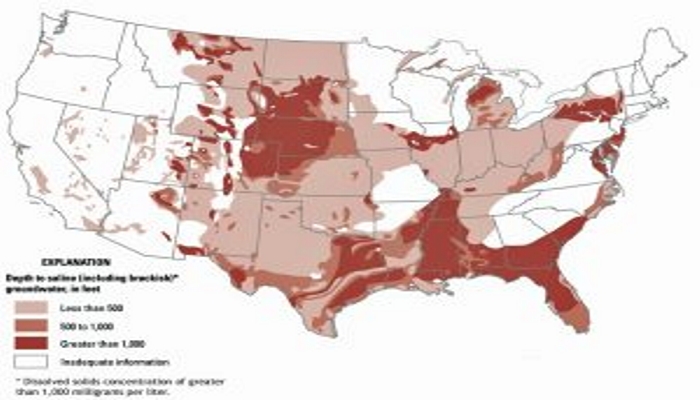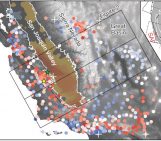
Authored by: Grant Ferguson – Assistant Professor in the Department of Civil & Geological Engineering at the University Saskatchewan
Groundwater makes up a large fraction of the Earth’s freshwater but that represents only a part of groundwater resources. Large volumes of groundwater are saline, with some reaching salinities of over ten times that of seawater. Brackish water is an intriguing part of the spectrum of groundwater resources, sitting just beyond the water quality salinity requirements for potable water. Many water scarce regions are considering the use of brackish groundwater, sometimes as a potable water resource via desalination or for industrial use where quality requirements are less restrictive. Recent studies by International Groundwater Resources Assessment Centre and the United States Geological Survey showed that these resources are relatively accessible in many areas around the globe. For example, significant brackish groundwater is present at less than 500 feet below ground surface throughout most of the Great Plains.

Distribution of saline groundwater resources in the contiguous United States. (image source).
Using brackish water certainly increases the amount of groundwater in storage that is usable, however what remains unclear is how this fits into the construct of groundwater management. Following ideas promoted by John Bredehoeft, pumped groundwater must be balanced by either an increase in recharge, a decrease in discharge or reduction of storage. Typically, brackish water systems do not receive large amounts of recharge, nor are they well connected to surface water bodies. This suggests that most brackish water developments are mainly supported by withdrawal of water from storage and that the development of brackish water resources at large scales over longer time frames will result in groundwater depletion problems.
Given this possibility, is development of brackish groundwater resources advisable?
Possibly.
Some situations — such as auxiliary water supplies used during times of drought or high demand, and perhaps most notably for some regions, oil and gas development — only demand groundwater supplies for finite duration — for periods of months to a few years. Both the Province of Alberta and the Canadian Association of Petroleum Producers have recently promoted such initiatives in oil and gas producing regions in Canada. However, the oil and gas industry has been using brackish and saline water in Canada for several decades. During the 1970s, a few wells, installed across a small area in Saskatchewan and the Judith River Formation, pumped brackish water at high rates before they had to be abandoned due to excessive water table drawdown. Other wells in the area have been used more or less continuously for the last few decades to support enhanced oil recovery, where water levels have not dropped to the point that these wells also need to be abandoned. Simulations suggest that hydraulic heads have decreased by a few meters across distances of several kilometers from these pumping wells, however this regional drawdown has not been well documented (due a lack of monitoring) nor have water levels in the hundreds of wells in the shallow groundwater systems above Judith River Formation declined noticeably.




